Doing battle with landscape pests can cause gardeners unbounded frustration. Remembering that they are doing what comes naturally can help, but tolerance and understanding can only go so far where some pests are concerned. A single mole or vole can move through a garden like a wrecking crew.
Moles
Ridges formed in soft, moist earth and volcano-shaped mounds of finely pulverized soil with holes in the center are sure signs of a mole invasion. These pests are insectivores, not rodents, they do not go after plants as food, but damage them while tunneling for insects and earthworms. About 5 to 7 inches long, moles have dark, velvety fur, a pointed snout, no visible ears or eyes, and outward-pointing claws for digging. Surface feeding burrows (the ridges you’ll see) are used for short periods and may be abandoned soon after excavation; main runways are usually 8 to 18 inches below ground level. Most species are solitary.
Moles target soil dwelling insects and earthworms. They cause damage by upheaving plants from the ground, severing roots, and disfiguring lawns. Eliminating grubs that feed on lawn roots may discourage moles. If your lawn suffers mole damage, try to salvage the ridged turf by pressing it back down right away and watering thoroughly.
Voles
Also known as meadow mice or meadow voles, these small, typically nocturnal rodents have gray to brown fur and strong, chisel-like teeth. Voles grow to about 7 inches long. They nest in shallow unground burrows or live aboveground in dense vegetation or leaf mulches; they sometimes take over abandoned mole tunnels. Narrow surface trails usually run between each animal’s nest and its food sources. Though voles can climb, they rarely venture more than 2 feet off the ground, more typically feeding at or just below soil level. Vole populations rise and fall cyclically; when the numbers soar. the creatures are especially troublesome in gardens.
Voles target bulbs, tender vegetables and flowers, grasses and bark. They cause damage by nibbling plant parts, eating seedlings down to the ground and gnawing or stripping bark from trees. Eliminate favored vole habitats by weeding and pulling mulch and vegetation away from the base of trees and vines. To trap voles, use ordinary mouse traps, placing them in burrows at right angles to the runway.
The experts at Pahl’s are always available to assist and we carry a great selection of Bonide products to help combat all types of landscape pests.



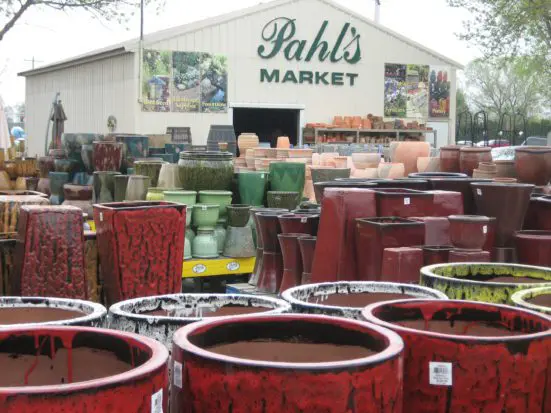




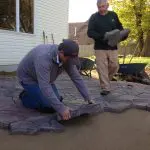
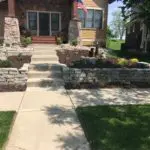





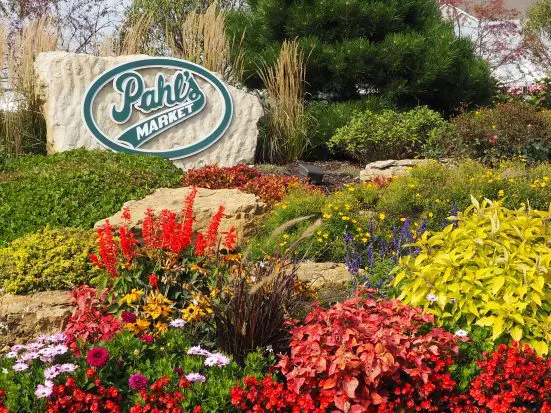



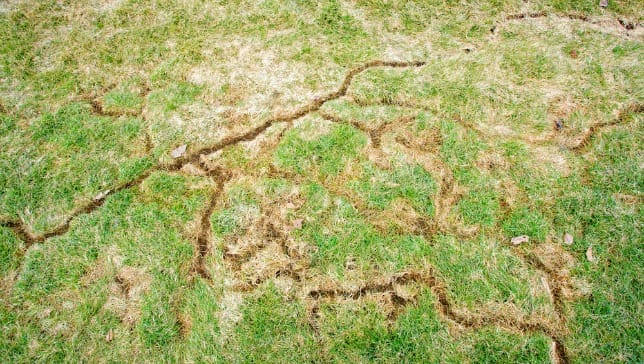
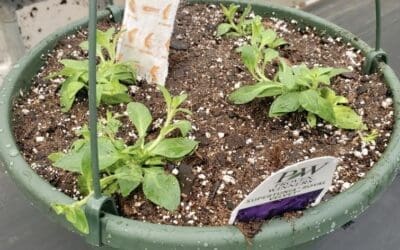
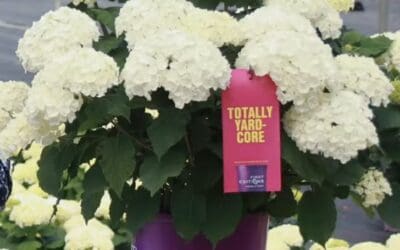

0 Comments